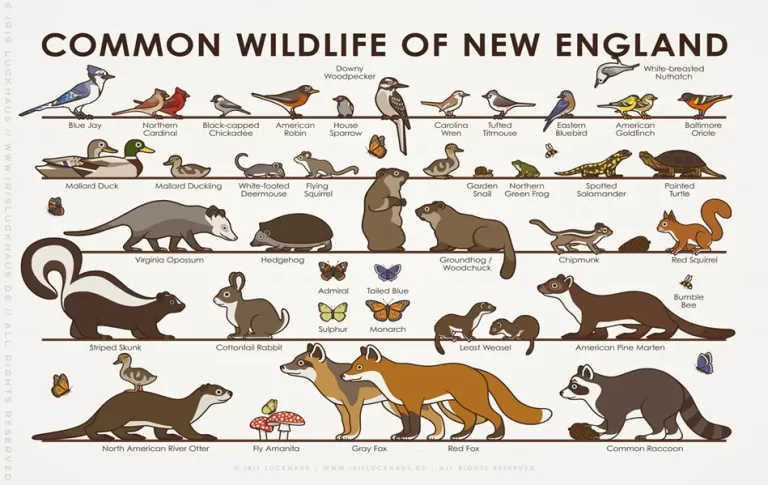Places in New England with Scottish Names

Places in New England either named after Scots, Scottish places, or Scottish immigrants.
A quick scan of places in our six New England states yields a pretty strong list of names either named after Scottish places or Scottish immigrants. As I develop this list, we will add more place as well as seek Internet sites that gives more information about each place. We will also build out each name below with a brief sentence or two explaining the connection and/or origin. There are several places listed which may NOT have a Scottish connection. Each is being researched for confirmation and those found unworthy will be removed; those found worthy will garner written explanations.
WE ENCOURAGE READER CONTRIBUTIONS 🙂
If you know of any place names we have missed or errors in our explanations, please send them to [email protected].
Scotland
In 1700, Isaac Magoon purchased 1,950 acres (7.9 km 2 ) of land from then Windham and thus began Scotland’s History. He named the town Scotland as a way of commemorating his ancestral home. Scotland was incorporated in May 1857
Argyle
Located on the old stage route (now Route 116) along the Penobscot River from Old Town to Edinburg, it shares the Scottish origins of the latter, Argyle being a county in West Scotland.
Edinburgh
Edinburg was undoubtedly named for the Scottish city Edinburgh, and probably by Scotsman John Bennoch, an early settler of nearby Orono who built a road between that town and Medford, Maine, in 1826 which ran through what is now Edinburg.
North Berwick
The town was for more than 400 years central to historic border wars between the Kingdoms of England and Scotland, and several times possession of Berwick changed hands between the two kingdoms. To this day, many Berwickers feel a close affinity to Scotland. Both Berwick Rangers Football Club and Berwick Rugby Football Club play in Scottish leagues.
Aberdeen
Alford
First settled in 1756 as part of a land purchase from the Shauanum Stockbridge Mahican tribe, the town was named for Colonel John Alford, a merchant living in Charlestown, Massachusetts. His family came from Scotland and he was known for preaching Christianity to Native Americans, including the Shauanum Stockbridge Mahican tribe.
Athol
When the township was incorporated in 1762, the name was changed to Athol. John Murray, one of the proprietors of the land, chose the name to honor his family, originally from Athol, Scotland. Athol (Atholl or Athole) is a large historical division in the Scottish Highlands.
Charlestown
Charlestown, Massachusetts was named after King Charles I of England.
King Charles I was the monarch of England, Scotland, and Ireland from 1625 until his execution in 1649 during the English Civil War. He was born on November 19, 1600, in Dunfermline Palace, Fife, Scotland, and was the second son of James VI of Scotland (later James I of England) and Anne of Denmark. Charles I ascended to the throne following the death of his father in 1625.
The naming of Charlestown can be traced back to the early colonial period in America. In 1628, a group of English Puritans known as the Massachusetts Bay Company obtained a royal charter from King Charles I to establish a settlement in New England. The company sent a group of settlers led by John Endecott to establish a colony in the region.
In 1629, another group of Puritans led by John Winthrop arrived in New England aboard the ships Arbella and Talbot. They settled in an area north of Boston known as Shawmut Peninsula, which is now part of downtown Boston. However, due to overcrowding and lack of resources on the peninsula, they decided to establish a new settlement across the Charles River.
On September 17, 1630, John Winthrop and his fellow settlers founded a new town on the northern side of the river and named it Charlestown in honor of King Charles I. The name was chosen as a gesture of gratitude for the king’s support and approval of their colonization efforts.
Cunningham Park
Cunningham Park was named after John Cunningham. One of James Cunningham’s ancestors is also named John Cunningham, who was born in Scotland around 1650. John Cunningham immigrated to Massachusetts in the late 17th century, settling in the town of Boston. He was a prominent merchant and became involved in various business ventures, including trade with Europe and the West Indies. John Cunningham’s success in business allowed him to accumulate considerable wealth and establish himself as a respected member of the community.
Dalton
Douglas & East Douglas
The town is named after Dr. William Douglas(s), who was born in Gifford, Scotland in about 1691 and was an eminent physician of Boston. In 1746, he offered the inhabitants the sum of $500.00 as a fund for the establishment of free schools together with a tract of 30 acres of land with a dwelling house and barn thereon.
Farr River
Fife Brook
Greenfield
Glendale
Glenwood
Hamilton
The town was incorporated on June 21, 1793,and named for Alexander Hamilton, whose portrait became the town seal in 1903. Hamilton was the son of James A. Hamilton, a Scotsman who was the fourth son of Alexander Hamilton, the laird of Grange, Ayrshire.The town was intended to be called Lennox, probably after Charles Lennox, 3rd Duke of Richmond and Lennox (Scottish Gaelic Leamhnachd), but the name was misspelled by a clerk at incorporation
Lenox (Lennox)
Lewis Island
Linwood
Littleton
Longwood
Lynn
Mansfield
Mansfield was named for William Murray, 1st Earl of Mansfield (2 March 1705 – 20 March 1793), a pro-colonial member of the House of Lords and a British barrister, politician, and judge noted for his reform of English law. Born to Scottish nobility, he was educated in Perth, Scotland, before moving to London at the age of 13 to take up a place at Westminster School. He was accepted into Christ Church, Oxford, in May 1723, and graduated four years later. Returning to London from Oxford, he was called to the Bar by Lincoln’s Inn on 23 November 1730, and quickly gained a reputation as an excellent barrister.
Marshall Corner
McDonald Brook
McIver Brook
McKnight
McLean Reservoir
Melrose
Middleton
Milton
Monroe
The town was named for President James Monroe, who, at the time of incorporation, was the fifth president of the United States from 1817 to 1825. His paternal great-great-grandfather Patrick Andrew Monroe emigrated to America from Scotland in the mid-17th century, and was part of an ancient
Scottish clan known as Clan Munro.






